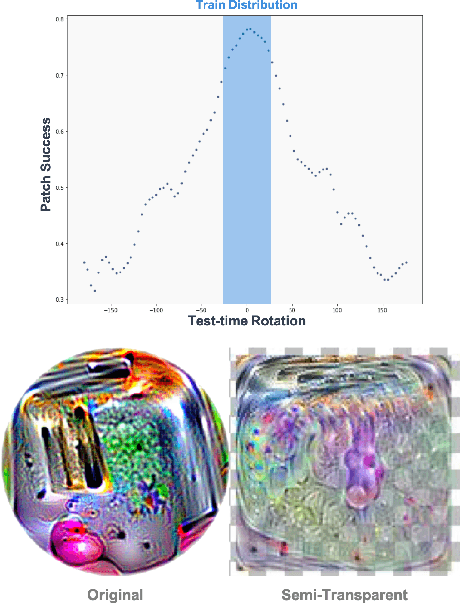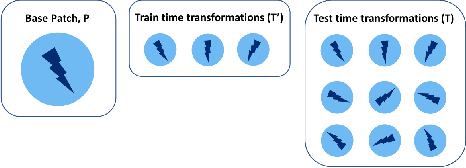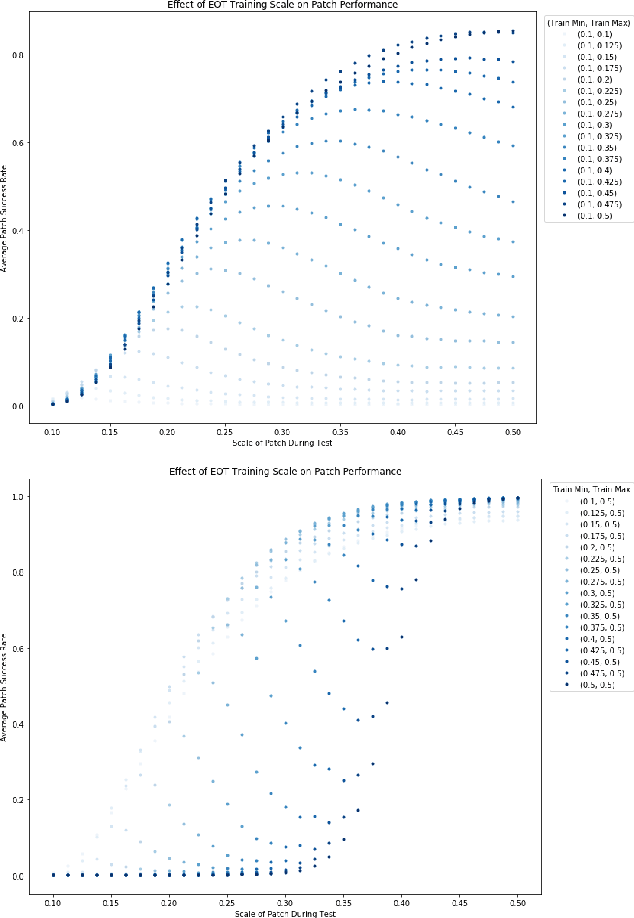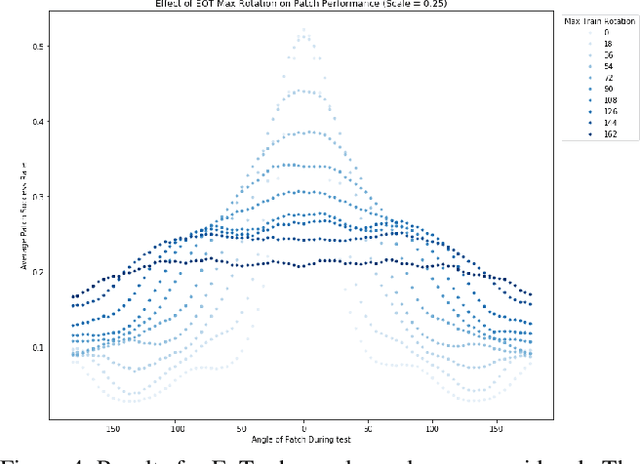Max Lennon
Acquisition Conditioned Oracle for Nongreedy Active Feature Acquisition
Feb 27, 2023Abstract:We develop novel methodology for active feature acquisition (AFA), the study of how to sequentially acquire a dynamic (on a per instance basis) subset of features that minimizes acquisition costs whilst still yielding accurate predictions. The AFA framework can be useful in a myriad of domains, including health care applications where the cost of acquiring additional features for a patient (in terms of time, money, risk, etc.) can be weighed against the expected improvement to diagnostic performance. Previous approaches for AFA have employed either: deep learning RL techniques, which have difficulty training policies in the AFA MDP due to sparse rewards and a complicated action space; deep learning surrogate generative models, which require modeling complicated multidimensional conditional distributions; or greedy policies, which fail to account for how joint feature acquisitions can be informative together for better predictions. In this work we show that we can bypass many of these challenges with a novel, nonparametric oracle based approach, which we coin the acquisition conditioned oracle (ACO). Extensive experiments show the superiority of the ACO to state-of-the-art AFA methods when acquiring features for both predictions and general decision-making.
Patch Attack Invariance: How Sensitive are Patch Attacks to 3D Pose?
Aug 16, 2021



Abstract:Perturbation-based attacks, while not physically realizable, have been the main emphasis of adversarial machine learning (ML) research. Patch-based attacks by contrast are physically realizable, yet most work has focused on 2D domain with recent forays into 3D. Characterizing the robustness properties of patch attacks and their invariance to 3D pose is important, yet not fully elucidated, and is the focus of this paper. To this end, several contributions are made here: A) we develop a new metric called mean Attack Success over Transformations (mAST) to evaluate patch attack robustness and invariance; and B), we systematically assess robustness of patch attacks to 3D position and orientation for various conditions; in particular, we conduct a sensitivity analysis which provides important qualitative insights into attack effectiveness as a function of the 3D pose of a patch relative to the camera (rotation, translation) and sets forth some properties for patch attack 3D invariance; and C), we draw novel qualitative conclusions including: 1) we demonstrate that for some 3D transformations, namely rotation and loom, increasing the training distribution support yields an increase in patch success over the full range at test time. 2) We provide new insights into the existence of a fundamental cutoff limit in patch attack effectiveness that depends on the extent of out-of-plane rotation angles. These findings should collectively guide future design of 3D patch attacks and defenses.
Jacks of All Trades, Masters Of None: Addressing Distributional Shift and Obtrusiveness via Transparent Patch Attacks
May 01, 2020



Abstract:We focus on the development of effective adversarial patch attacks and -- for the first time -- jointly address the antagonistic objectives of attack success and obtrusiveness via the design of novel semi-transparent patches. This work is motivated by our pursuit of a systematic performance analysis of patch attack robustness with regard to geometric transformations. Specifically, we first elucidate a) key factors underpinning patch attack success and b) the impact of distributional shift between training and testing/deployment when cast under the Expectation over Transformation (EoT) formalism. By focusing our analysis on three principal classes of transformations (rotation, scale, and location), our findings provide quantifiable insights into the design of effective patch attacks and demonstrate that scale, among all factors, significantly impacts patch attack success. Working from these findings, we then focus on addressing how to overcome the principal limitations of scale for the deployment of attacks in real physical settings: namely the obtrusiveness of large patches. Our strategy is to turn to the novel design of irregularly-shaped, semi-transparent partial patches which we construct via a new optimization process that jointly addresses the antagonistic goals of mitigating obtrusiveness and maximizing effectiveness. Our study -- we hope -- will help encourage more focus in the community on the issues of obtrusiveness, scale, and success in patch attacks.
 Add to Chrome
Add to Chrome Add to Firefox
Add to Firefox Add to Edge
Add to Edge